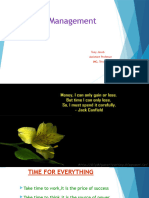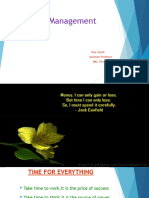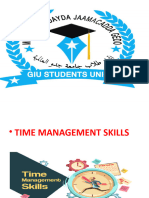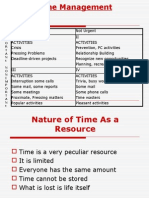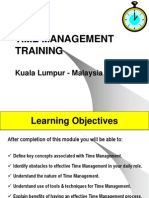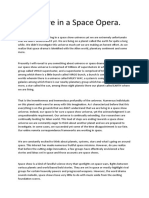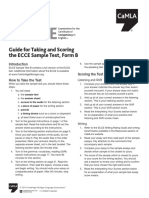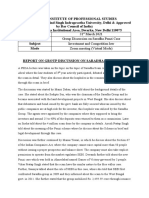0% found this document useful (0 votes)
20 views47 pagesLCOS - Time Management
The document discusses the concept of time management, emphasizing its importance for individuals to effectively utilize their time and achieve their goals. It covers various aspects including definitions, symptoms of poor time management, time thieves, and tools for effective time management, such as the time management matrix and goal setting. The document concludes with the S.M.A.R.T criteria for setting specific, measurable, attainable, relevant, and time-bound goals.
Uploaded by
danieldenis6060Copyright
© © All Rights Reserved
We take content rights seriously. If you suspect this is your content, claim it here.
Available Formats
Download as PPTX, PDF, TXT or read online on Scribd
0% found this document useful (0 votes)
20 views47 pagesLCOS - Time Management
The document discusses the concept of time management, emphasizing its importance for individuals to effectively utilize their time and achieve their goals. It covers various aspects including definitions, symptoms of poor time management, time thieves, and tools for effective time management, such as the time management matrix and goal setting. The document concludes with the S.M.A.R.T criteria for setting specific, measurable, attainable, relevant, and time-bound goals.
Uploaded by
danieldenis6060Copyright
© © All Rights Reserved
We take content rights seriously. If you suspect this is your content, claim it here.
Available Formats
Download as PPTX, PDF, TXT or read online on Scribd
/ 47




